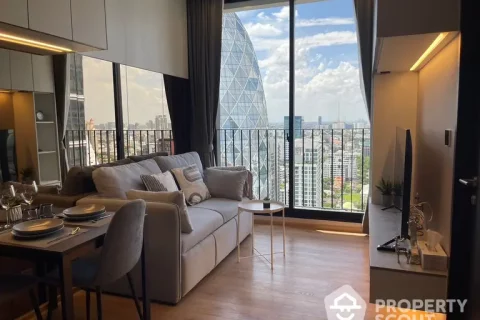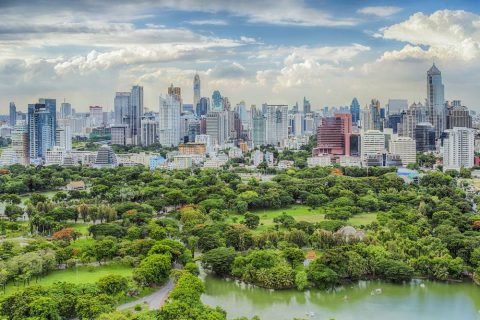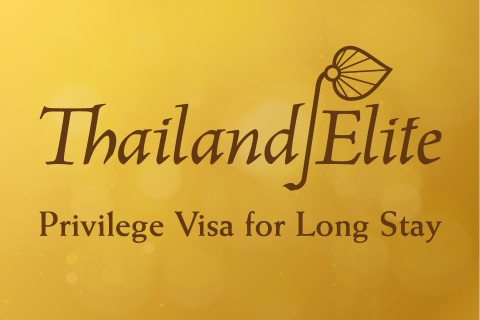Bangkok is the economic and geographic heart of Thailand; as a result of its importance, the city has gradually transformed into a sprawling urban jungle.
Everything moves at frenetic speed and all the coming-and-going, colors and sounds can inevitably dazzle and confuse a new comer!
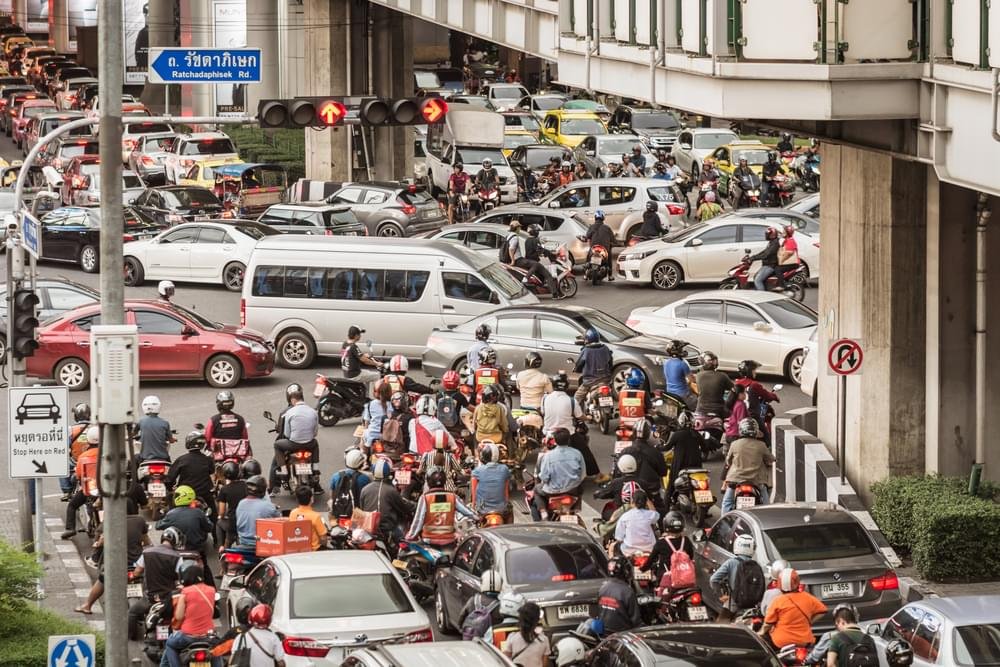
Rush hour traffic can get a little crazy in Bangkok…
The hustle and bustle of the city come with a few downsides, with veteran expats and locals often ranting about the endless traffic jams and rush hour overcrowding.
However apart from the occasional discomforts, anyone who does want to experience the wonders and amazement of this vibrant metropolis will soon discover that travelling across the city is relatively convenient and in many cases a comfortable experience!
So what are the transport options for daily commuters and travellers?
1. BTS Skytrain System
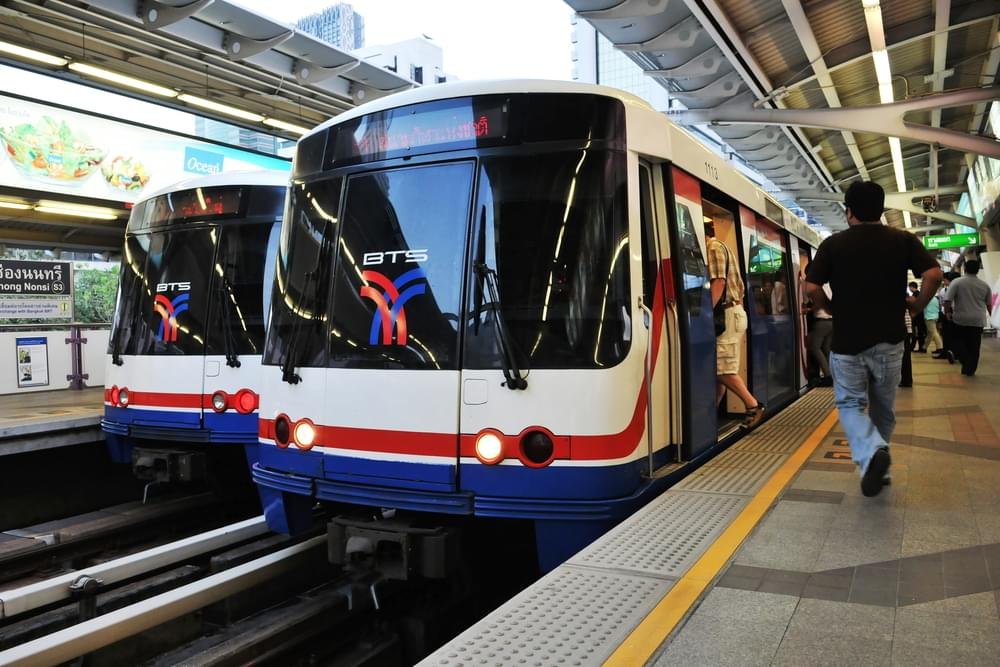
BTS Skytrain System: Routes and Fares Info
Experiencing Bangkok inevitably means hopping on its iconic BTS Skytrain system. This overhead train network shuttles passengers through downtown Bangkok. Its routes cover some of the most popular areas of the Central Business District notably Siam, Silom, Asoke and Phrom Phong.
Travelling via BTS starts at around 15 Baht for a one-way trip and frequent travellers can buy “Rabbit” Top-up Cards that are more cost effective. Most BTS Stations are equipped with elevators, making them relatively friendly for disable or elderly passengers.
The main downside to the BTS Skytrain is its limited routes that serve only specific parts of the Thai Capital.
2. MRT Underground System
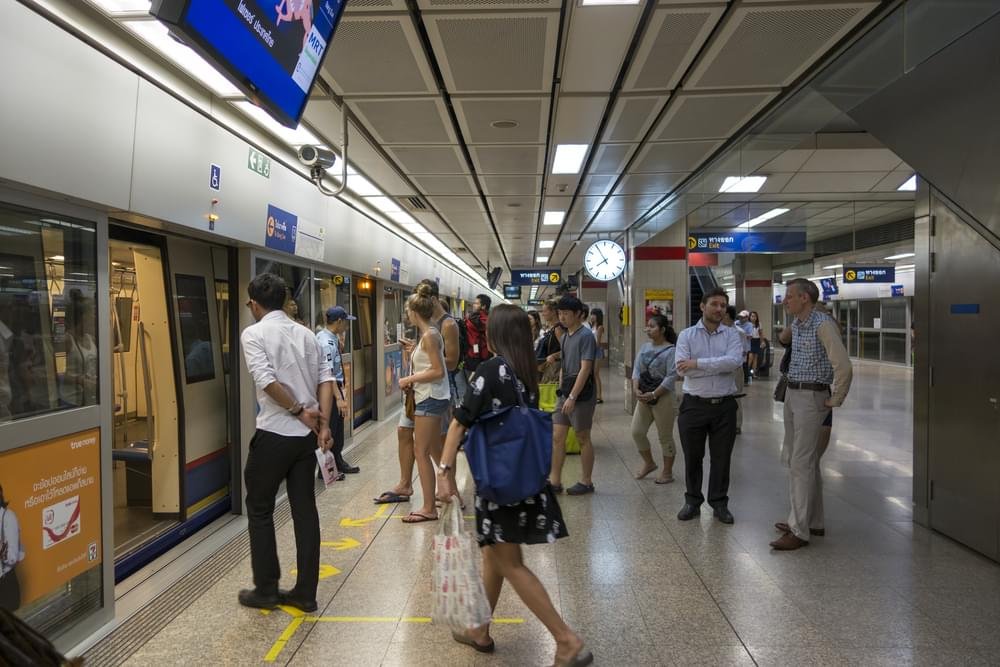
MRT Underground Network: Route and Fares Info
The other alternative is to travel using the MRT Underground system. It is important to note, that this transport network services completely different areas of Bangkok with two BTS/MRT interchanges at Silom and Asoke. Currently the Blue MRT Line extends from Hua Lamphong all the way to Bang Sue Station, covering several popular areas such as Silom, Rama 9 and Ratchada.
Travelling by MRT starts at around 15 Baht for one-way trips or alternatively travellers can purchase an MRT Top-up Card. Like the Skytrain, the MRT is a convenient and comfortable way to get around the city; however please be aware that its network tends to get overcrowded during rush hour!
3. Airport Rail Link (ARL)

Airport Rail Link: Routes and Fares Info
This is an overhead express and commuter rail that links downtown Bangkok (Asoke and Phaya Thai) directly to Suvarnabhumi International Airport.
This convenient transport network consists of 3 distinct services notably the City Line (All Stations), Phaya Thai Express (Phaya Thai- Airport) and Makkasan Express (Asoke- Airport).
Fares vary between 15-45 Baht depending on distance, with Phaya Thai to Suvarnabhumi International Airport costing 45 Baht.
4. Taxis
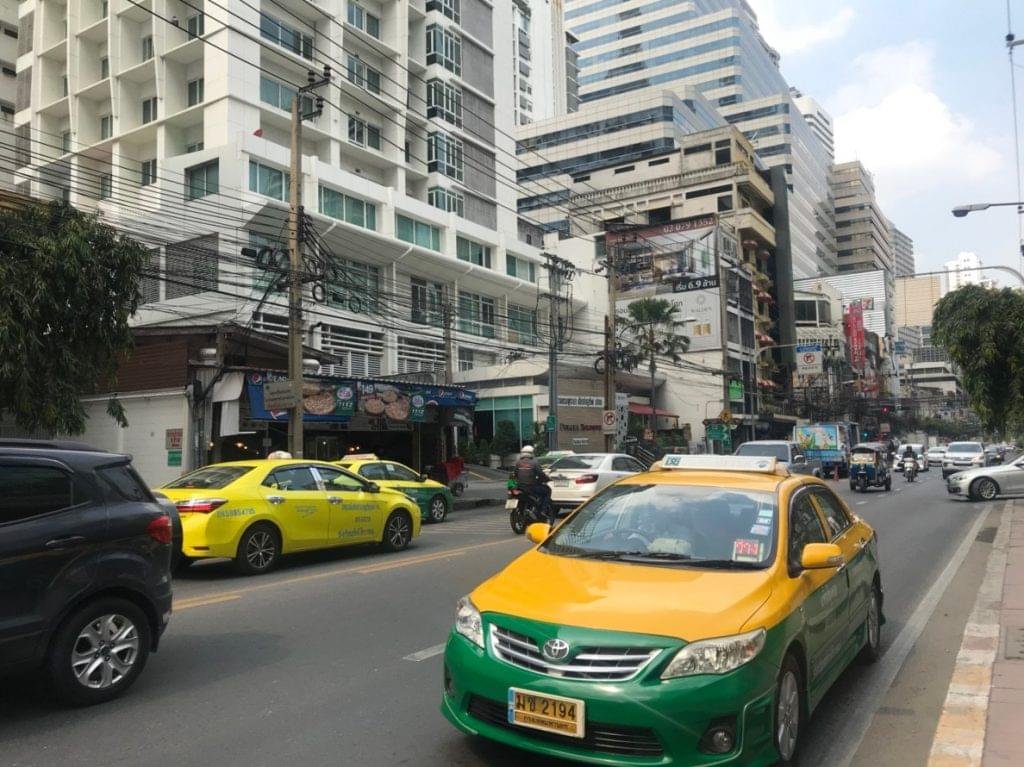
Taxis are available throughout the city and are usually a cheap method of transport with fares starting at 35 Baht. Taxi operators are usually instantly recognizable, usually sporting the bright color combination Yellow/Green (Occasionally Pink, Blue or Orange) with visible Taxi signs.
They are usually available throughout the day and are the most convenient option, especially late night (When BTS/MRT Networks are closed) or to reach locations not serviced by the BTS/MRT routes.
Taxi operators should always charge by the meter, which is usually good value per kilometer for travellers. However it is not uncommon for them to ask for a fixed fare especially to foreigners or tourists, while this is unfortunately not legal it is common practice. In these situations, passengers can try to negotiate or alternatively hail another cab.
5. Motorcycle Taxis
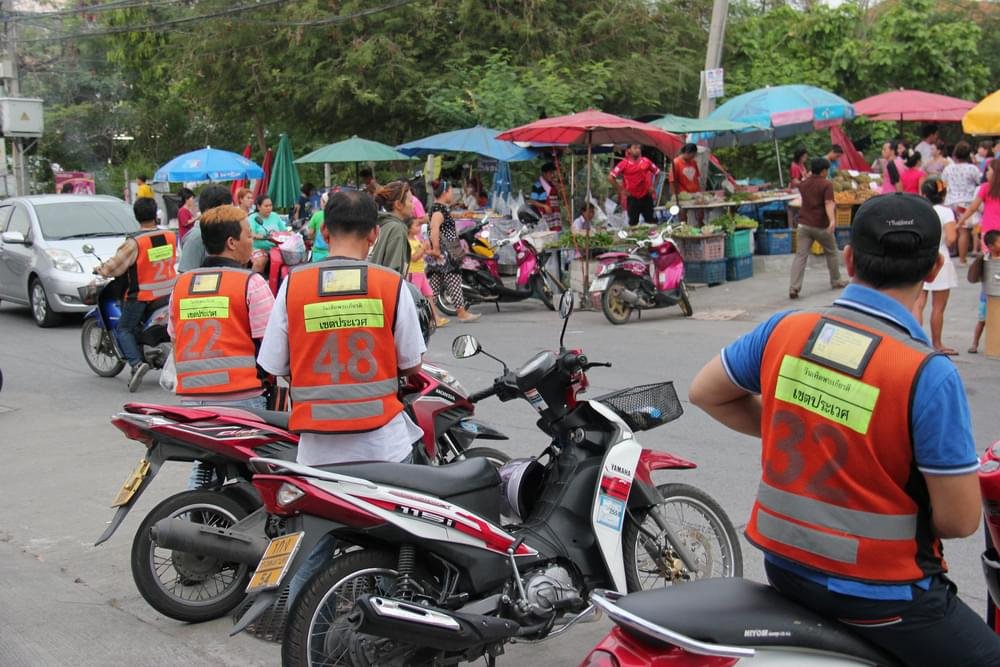
Instantly recognizable by their bright orange jackets, Motorcycle Taxis are a fast and convenient way to whizz through traffic during rush hour or for small distances.
Trips start at 10 Baht and prices usually range between 10-50 Baht, however there is no meter and the Motorcycle drivers are prone to inflating fares. Therefore it is always advised to check the price of travel before hopping-on!
6. Tuk Tuks
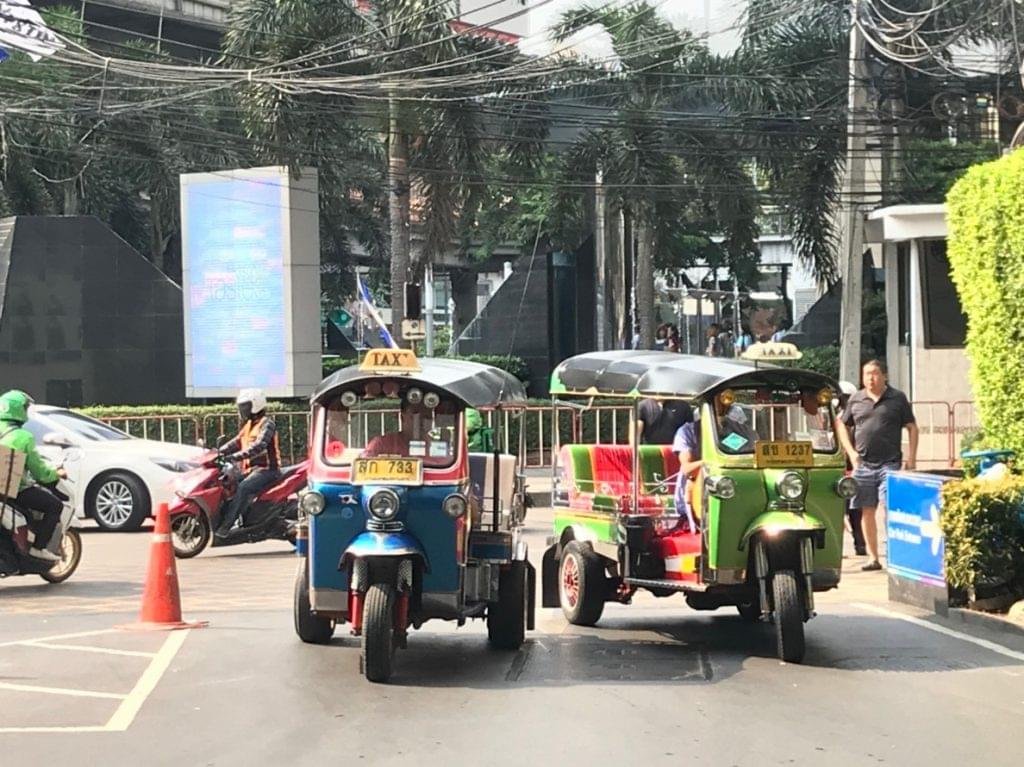
Another Bangkok icon, Tuk Tuks are usually available around Bangkok’s old town or tourist attractions. These little vehicles pack a punch and the experience of riding at the back, with the wind in your hair is incredibly fun.
Unfortunately, it is not advised to travel by Tuk Tuk on a daily basis. The operators of these vehicles are not subject to standard fares and prices are usually quoted off-hand. Meaning travelling via Tuk Tuk can be an expensive experience for passengers, especially when compared to the alternative options!
7. Public Buses
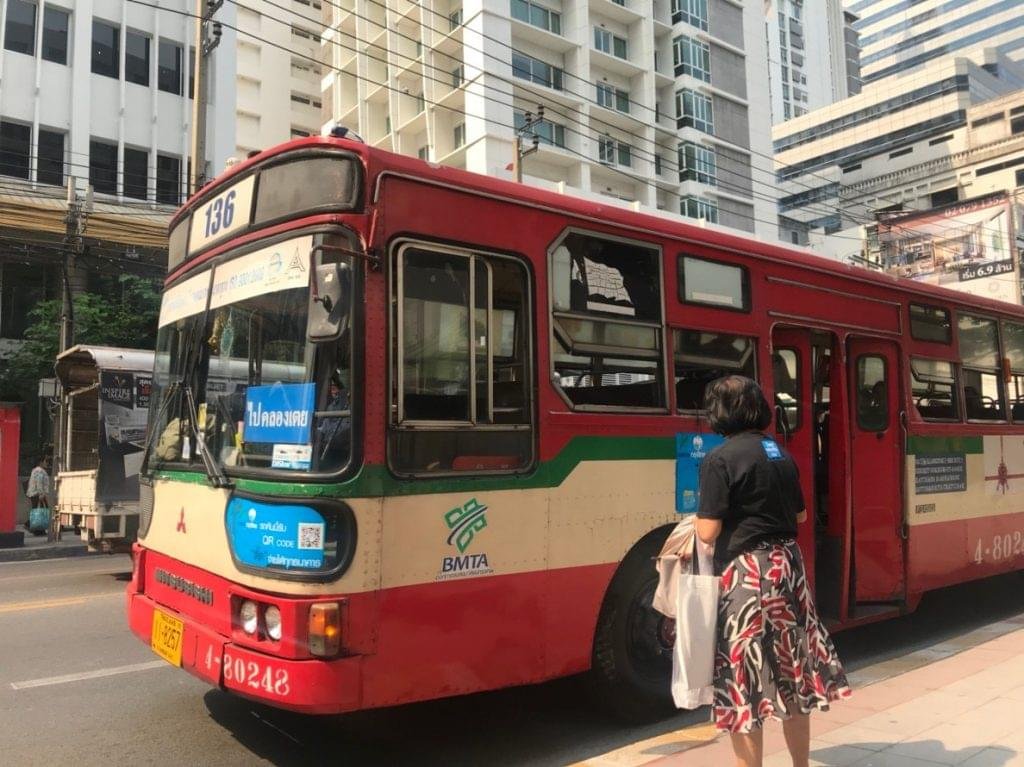
There is an extensive network of Buses servicing Bangkok, however most information is only available in Thai. Despite its large array of routes, the Public Buses are usually rickety (With no air con) and hard for foreigners to use due to the language barrier.
They are therefore, not the preferred travelling option for most!
8. Chayo Phraya Express and Khlong Saen Saep Express
Often referred to the “Venice of the East”, it will come as a surprise to many that it is possible to commute and travel along Bangkok’s waterways.
The Chayo Phraya Express allows travellers to go from “Central Pier” (Next to BTS Saphan Taksin) all the way to Nonthaburi Province. It is also a great way to discover Bangkok’s old town and attractions such as the Grand Palace. Fares start at around 10 Baht and range between 10-40 Baht.
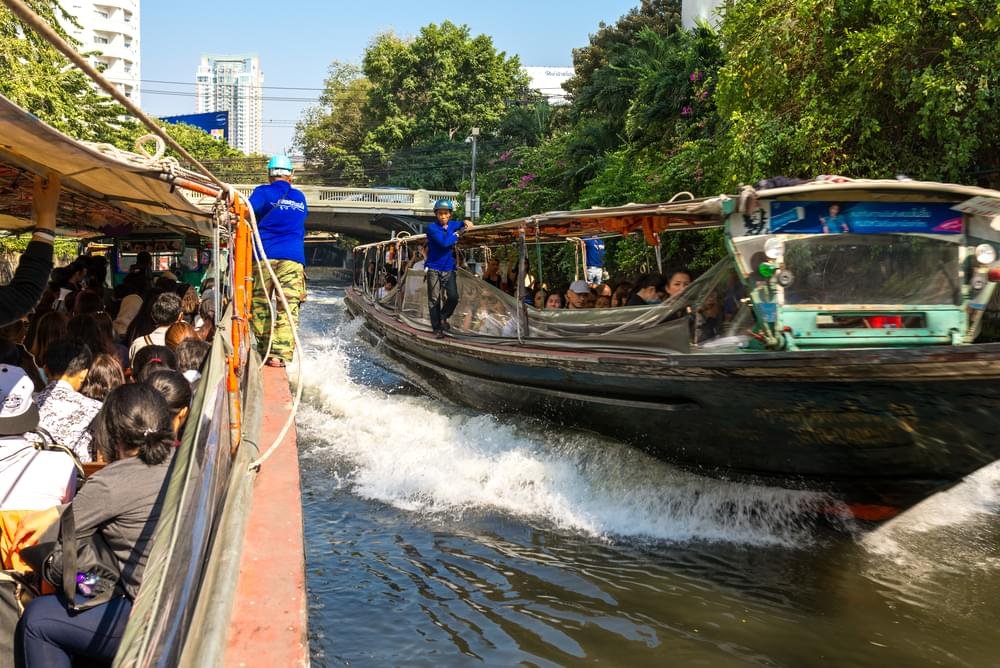
On top of this, a separate service the Khlong Saen Seap Express Boat, covers downtown Bangkok. This route is another great way to discover Bangkok and avoid traffic, fares range between 8-20 Baht. This network of canal boats, allows passengers to connect to central locations such as Pratunam, Chitlom, Asoke and even Thonglor!


